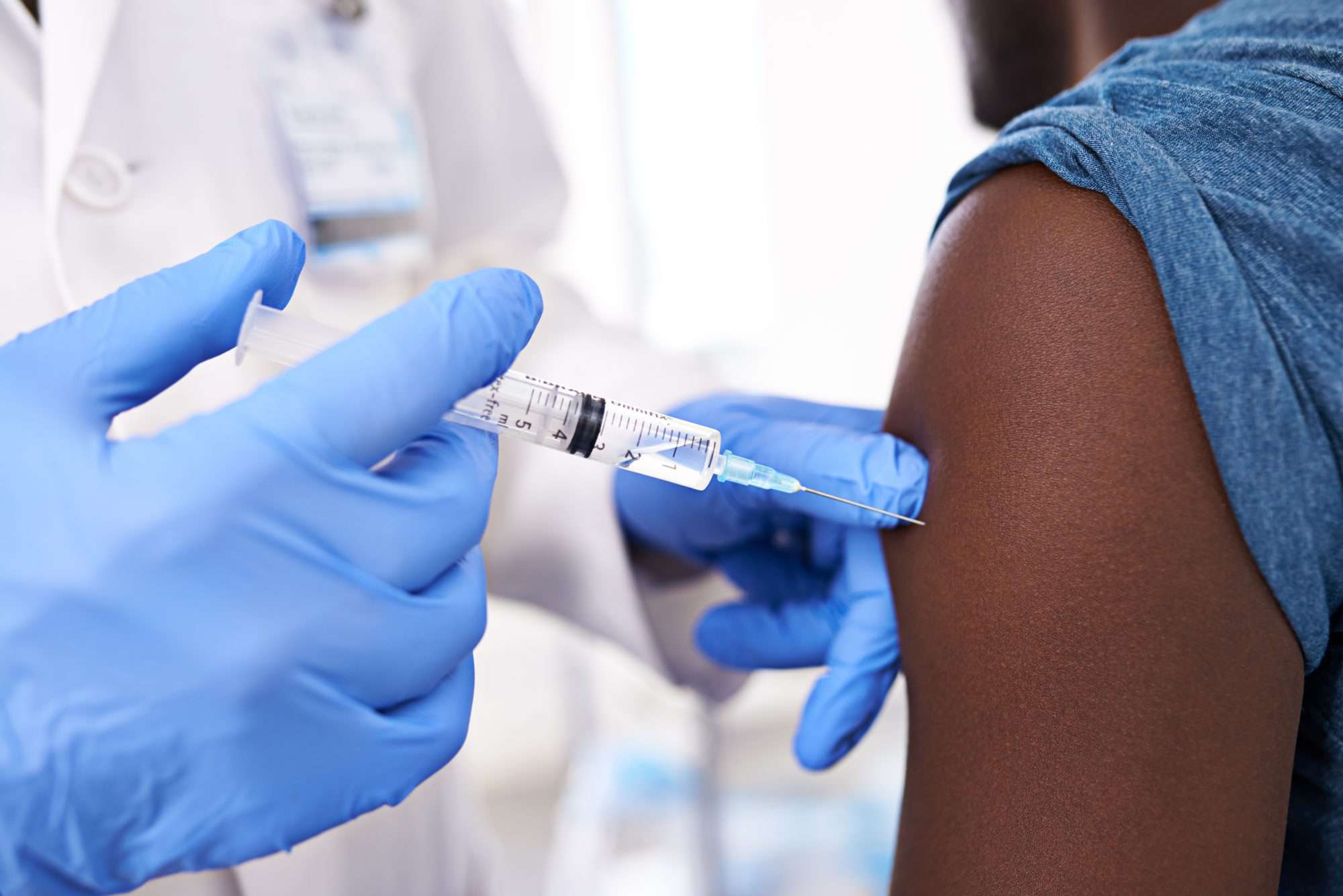
The annual ritual of receiving the influenza vaccine, frequently dismissed as a minor inconvenience or simply “a jab,” masks a complex and evolving public health strategy that reaches far beyond the immediate goal of preventing a few days of respiratory misery. What is ostensibly a simple prophylactic measure against a seasonal virus is, in reality, a multi-faceted intervention with profound, yet often unacknowledged, implications for cardiovascular health, the stability of chronic disease management, and the overall resilience of global health systems. To view the flu shot merely through the lens of viral avoidance is to fundamentally misunderstand its expansive role in modern preventative medicine. Its significance lies not in the momentary sting of the needle, but in the chain reaction of protection it initiates, securing a defense line that stretches from the individual’s cellular immunity to the macro-level stability of hospital resources during peak season.
The annual ritual of receiving the influenza vaccine, frequently dismissed as a minor inconvenience or simply “a jab,” masks a complex and evolving public health strategy
Influenza, often perceived as a benign nuisance, is actually a potent trigger for severe, non-respiratory complications, particularly within vulnerable populations. “The annual ritual of receiving the influenza vaccine, frequently dismissed as a minor inconvenience or simply ‘a jab,’ masks a complex and evolving public health strategy” hints at this hidden severity. The systemic inflammatory response initiated by an influenza infection does not confine itself to the lungs and upper airways; it surges throughout the body, creating an environment of acute stress. This inflammatory cascade can lead to the destabilization of atherosclerotic plaques within the arteries, significantly elevating the risk of a myocardial infarction, or heart attack, and stroke. For individuals with pre-existing cardiovascular disease, the flu is not merely a risk factor but a documented cardiac hazard. The vaccine, by blunting the initial viral assault, acts as an indirect form of cardiovascular protection, a benefit that remains severely underemphasized in general public discourse.
The systemic inflammatory response initiated by an influenza infection does not confine itself to the lungs and upper airways
The constant mutability of the influenza virus necessitates the yearly reformulation of the vaccine, creating a scenario that is less about receiving the same shot and more about engaging in a continuous arms race against an ever-shifting pathogen. “The systemic inflammatory response initiated by an influenza infection does not confine itself to the lungs and upper airways” captures the internal threat, while the need for annual vaccination addresses the external, evolutionary challenge. The World Health Organization’s intricate global surveillance network monitors circulating viral strains, making predictions about the most likely dominant variants for the upcoming season. This rigorous, collaborative effort is essential because the immune protection afforded by a prior year’s shot wanes over time and may be rendered irrelevant by antigenic drift—minor changes in the viral surface proteins. Consequently, the yearly call for vaccination is not a failure of past immunity, but a strategic imperative to ensure the most precise immunological match against the current threat.
The immune protection afforded by a prior year’s shot wanes over time and may be rendered irrelevant by antigenic drift
Beyond the prevention of the virus itself, the influenza vaccine plays a crucial role in managing chronic health conditions. “The immune protection afforded by a prior year’s shot wanes over time and may be rendered irrelevant by antigenic drift” explains the mechanism for yearly necessity. For people living with diabetes, chronic obstructive pulmonary disease (COPD), or asthma, an influenza infection can precipitate a rapid and severe deterioration of their underlying condition. In the case of diabetes, the stress of the infection can lead to profound, difficult-to-manage fluctuations in blood sugar levels. For respiratory conditions, the flu can trigger dangerous exacerbations that necessitate emergency intervention and hospitalization. The vaccine thus functions as a powerful stabilizer for these chronic conditions, providing a buffer that prevents a seasonal viral illness from spiraling into a systemic, life-threatening crisis. This is a subtle, yet critically important, contribution to longitudinal care that often gets lost in the noise of seasonal campaigns.
The vaccine thus functions as a powerful stabilizer for these chronic conditions, providing a buffer that prevents a seasonal viral illness from spiraling into a systemic, life-threatening crisis.
A significant, yet frequently overlooked, advantage of widespread vaccination is the concept of indirect protection, often referred to as community immunity or herd effect. “The vaccine thus functions as a powerful stabilizer for these chronic conditions, providing a buffer that prevents a seasonal viral illness from spiraling into a systemic, life-threatening crisis” addresses the direct patient benefit, while community immunity considers the societal layer. When a sufficient proportion of the population is vaccinated, the virus finds it increasingly difficult to transmit from person to person. This protective effect extends a shield around individuals who cannot receive the vaccine—such as infants too young to be immunized or those with severe immune-compromising conditions—by limiting their exposure risk. A person who gets the flu shot is not only protecting their own health but is actively participating in a shared responsibility, acting as a functional barrier in the path of viral spread, thereby safeguarding the most vulnerable in their community.
A person who gets the flu shot is not only protecting their own health but is actively participating in a shared responsibility
The logistical and financial impact of influenza on the broader healthcare infrastructure represents a compelling, non-clinical argument for routine vaccination. “A person who gets the flu shot is not only protecting their own health but is actively participating in a shared responsibility” frames the individual’s contribution. During peak flu season, hospital emergency rooms become overwhelmed, intensive care units reach capacity, and essential resources like ventilators and trained personnel are stretched thin. This surge in demand directly compromises the quality of care available for all patients, regardless of their illness—from trauma victims to those requiring urgent surgery. By preventing a large number of moderate-to-severe influenza cases, the vaccine acts as a crucial decompression tool for the healthcare system, ensuring that critical care services remain accessible for all acute medical emergencies.
By preventing a large number of moderate-to-severe influenza cases, the vaccine acts as a crucial decompression tool for the healthcare system
A persistent public misconception that the vaccine itself causes the flu obscures the fundamental immunological process at work. “By preventing a large number of moderate-to-severe influenza cases, the vaccine acts as a crucial decompression tool for the healthcare system” speaks to the macro-benefit, but addressing the individual’s hesitation is paramount. The injected flu vaccine contains inactivated, or “killed,” virus particles that are incapable of causing the disease. Any mild, transient side effects—such as low-grade fever or localized soreness at the injection site—are simply the body’s immune system mounting a defense response and generating protective antibodies, a biological process entirely distinct from the full-blown pathogenesis of influenza. Understanding this basic immunological distinction is crucial for separating evidence from anecdotal fear and promoting informed health decisions based on scientific consensus rather than common error.
Any mild, transient side effects—such as low-grade fever or localized soreness at the injection site—are simply the body’s immune system mounting a defense response
The timing of the vaccination is a strategic decision rooted in epidemiological data and the mechanics of the immune response. “Any mild, transient side effects—such as low-grade fever or localized soreness at the injection site—are simply the body’s immune system mounting a defense response” clarifies the nature of side effects. It takes approximately two weeks after the injection for the body to develop a sufficient number of protective antibodies. Therefore, vaccination campaigns are strategically aimed for the early autumn, ideally before the inevitable community spread of the virus begins, maximizing the proportion of the population that is protected before the pathogen’s arrival. While getting the shot later in the season is still beneficial, optimizing the timing provides the most robust defense when the viral threat is at its highest. This forward-looking approach contrasts sharply with reactive measures taken only after an outbreak is underway.
Therefore, vaccination campaigns are strategically aimed for the early autumn, ideally before the inevitable community spread of the virus begins
Considering the global economy, the flu shot carries a significant economic benefit often overlooked by the individual. “Therefore, vaccination campaigns are strategically aimed for the early autumn, ideally before the inevitable community spread of the virus begins” focuses on timing. Illnesses lead to substantial absenteeism from the workforce and schools, resulting in reduced productivity, lost wages, and disruption across sectors. The cumulative economic cost of a severe influenza season, encompassing sick days, medical expenses, and reduced output, is astronomical. The vaccine serves as a cost-effective shield against this economic drag, maintaining the operational continuity of businesses and educational institutions. This return on investment is a quantifiable public good that further solidifies its value beyond personal health.
The cumulative economic cost of a severe influenza season, encompassing sick days, medical expenses, and reduced output, is astronomical.
Ultimately, the flu shot is an exercise in anticipatory medicine and community responsibility, requiring annual engagement with a fluctuating biological threat. “The cumulative economic cost of a severe influenza season, encompassing sick days, medical expenses, and reduced output, is astronomical” outlines the financial cost. It is a necessary, albeit imperfect, yearly adaptation to viral evolution, providing not just direct protection against illness but a layered defense against major cardiovascular events, chronic disease instability, and systemic healthcare collapse. Recognizing these broader, non-linear benefits transforms the simple act of vaccination from a personal health choice into a critical component of resilient public infrastructure and responsible citizenship.
